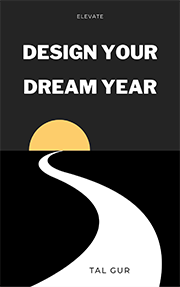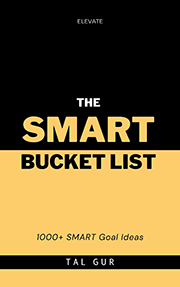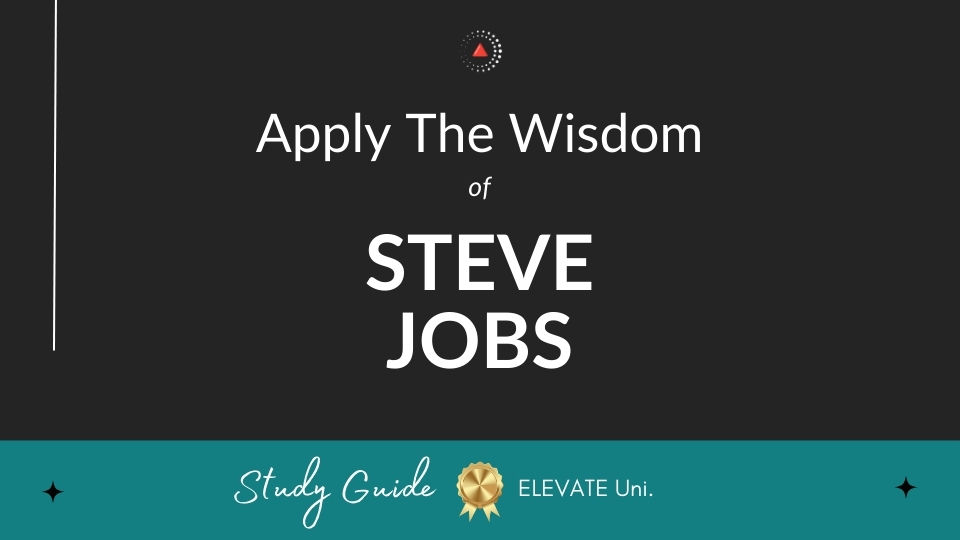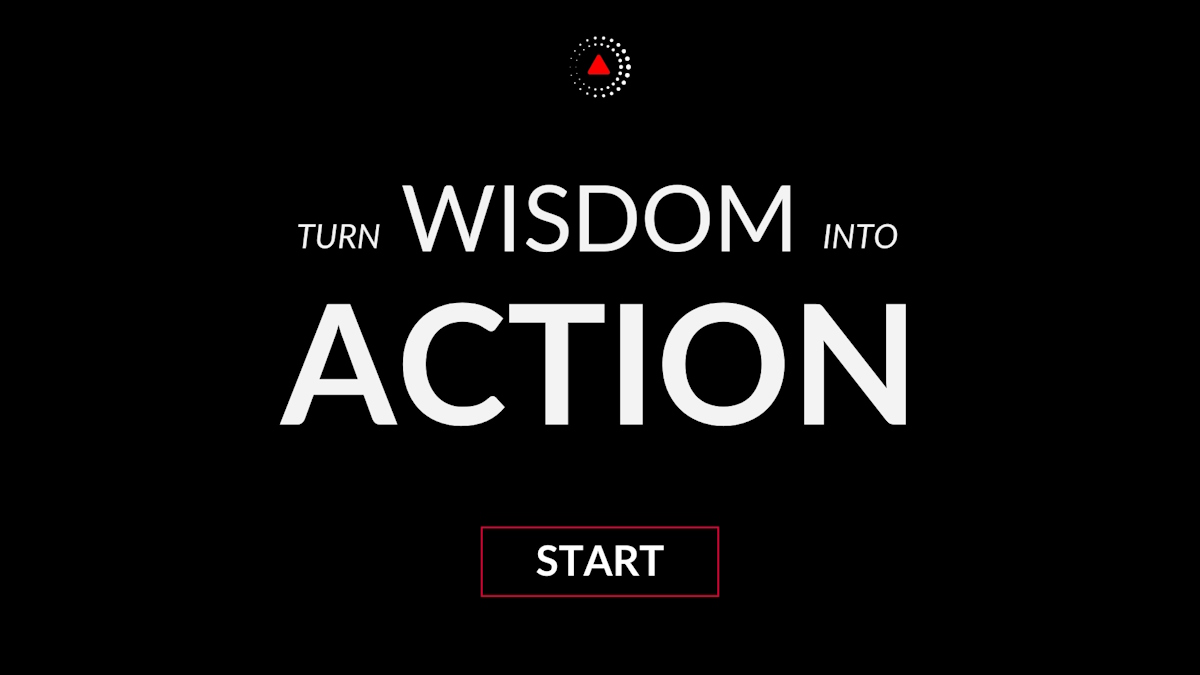Design is not just what it looks like and feels like. Design is how it works.
What's the meaning of this quote?
Quote Meaning: This quote delves into the essence of design, highlighting that it encompasses more than just aesthetics. A well-designed object or system should be both visually appealing and highly functional, prioritizing usability and efficiency. The ultimate goal of design is to create a seamless experience for the user, meeting their needs and expectations without complication or frustration. This quote serves as a reminder to designers and creators alike that the most successful designs are those that strike a balance between form and function, delivering a harmonious blend of beauty and practicality.
Who said the quote?
The quote "Design is not just what it looks like and feels like. Design is how it works." was said by Steve Jobs (Bio / Quotes). Steve Jobs was a visionary entrepreneur and co-founder of Apple Inc.
What are Steve Jobs' Best Quotes?
Watch on Elevate's YouTube channel and be sure to subscribe for more wisdom and insights from the world's top minds.
Subscribe on YouTube to get the latest quote videos delivered straight to you:
What's the quote's message?
The quote conveys the message that effective design goes beyond aesthetics and encompasses functionality and usability. It emphasizes that a well-designed product or solution should not only be visually appealing but also serve its intended purpose in a practical and efficient manner. In other words, the true value of design lies in how it functions and meets the needs of users or customers, rather than solely focusing on its outward appearance. This message encourages designers and innovators to prioritize user experience, problem-solving, and practicality in their creative endeavors.
Is there a historical example that illustrates the message of the quote?
While the quote "Design is not just what it looks like and feels like. Design is how it works" is not historically tied to a specific event or figure, its message aligns with the principles of successful design and innovation throughout history. Many historical examples demonstrate the importance of prioritizing functionality and usability in design. Here are a few instances:
1. The Pyramids of Giza: The construction of the Pyramids of Giza in ancient Egypt is a remarkable example of design that prioritized how it works. The pyramids were not only grand architectural structures but also sophisticated engineering feats. Their design allowed for stability, durability, and the preservation of the pharaoh's remains. The functionality of the design ensured that the pyramids stood the test of time and continue to be awe-inspiring structures to this day.
2. Leonardo da Vinci's Inventions: Leonardo da Vinci, the Italian Renaissance polymath, is renowned for his diverse range of inventions and designs. From flying machines and armored vehicles to ingenious canal systems, da Vinci's designs emphasized practicality and functionality. He combined art with engineering, seeking solutions that not only looked impressive but also worked effectively.
3. The Industrial Revolution: The Industrial Revolution was characterized by significant advancements in design and technology. Innovations such as the steam engine and factory machinery exemplify how functionality and practicality were prioritized to revolutionize manufacturing and transportation, driving economic and social change.
4. The Ford Model T: The introduction of the Ford Model T in the early 20th century is a historical example of design that focused on how it works. Henry Ford's assembly line revolutionized automobile production, making cars more affordable and accessible to the masses. The Model T's design prioritized simplicity, reliability, and ease of maintenance, making it a practical and functional choice for millions of people.
5. The Apollo Space Program: The Apollo space program, which culminated in the first moon landing in 1969, demonstrates how designs for space exploration prioritize functionality and safety. Every aspect of the spacecraft and equipment was meticulously planned to work flawlessly in the extreme conditions of space, reflecting a strong emphasis on how things work over mere appearance.
While these examples may not directly reference Steve Jobs' quote, they illustrate historical instances where functionality and usability were paramount in design and innovation. The principles highlighted in the quote have been fundamental to numerous historical achievements and continue to shape successful design practices in various fields today.
How can the quote be applied in a real-life scenario?
The quote "Design is not just what it looks like and feels like. Design is how it works" by Steve Jobs emphasizes the importance of functionality and usability in design, not just aesthetics. This quote can be applied in various real-life scenarios to highlight the significance of prioritizing the effectiveness and practicality of designs. Here are some ways this quote can be applied:
1. Product Design: In product design, the quote underscores the need to prioritize functionality and user experience. Aesthetics are essential, but a well-designed product should also be intuitive, efficient, and user-friendly. By focusing on how a product works and meets users' needs, designers can create solutions that are more meaningful and effective.
2. User Interface (UI) and User Experience (UX) Design: When designing digital interfaces, the quote reminds designers to consider not only the visual appeal but also the usability and functionality. A well-designed UI/UX should make interactions seamless and intuitive, enhancing the overall user experience and ensuring that users can easily achieve their goals.
3. Architecture and Interior Design: In architecture and interior design, the quote encourages practitioners to create spaces that are not just visually striking but also well-planned and functional. Designing with a focus on how the space will be used and how people will interact with it can result in spaces that are more practical and enjoyable.
4. Web Design and Development: When building websites or web applications, the quote emphasizes the importance of responsive and user-centered design. Prioritizing how a website functions on different devices and how users navigate through the content can lead to a more engaging and satisfactory online experience.
5. Graphic Design: In graphic design, the quote reminds designers that visual elements should be purposeful and convey the intended message effectively. Balancing aesthetics with functionality ensures that the design communicates the desired information clearly to the target audience.
6. Problem-Solving: Beyond specific design disciplines, the quote also applies to problem-solving in general. When approaching challenges or finding solutions, focusing on how things work and how to make them function optimally is crucial for achieving successful outcomes.
In summary, the quote "Design is not just what it looks like and feels like. Design is how it works" emphasizes the importance of functionality and usability in design. By prioritizing how things work and how users interact with designs, designers can create more meaningful, effective, and user-friendly solutions in various real-life scenarios.
Applying the quote to your life
Unlock Jobs' wisdom and apply it to your life by getting the in-depth Steve Jobs Workbook & Study Guide, complete with top quotes, insightful commentary, reflective questions, and practical uses for everyday life. 👇
To apply more wisdom, get the All-Access Pass, which includes hundreds of study guides from the world's top minds. These include deep insights from individuals such as Nelson Mandela, Steve Jobs, and Albert Einstein, as well as some of the top authors and personal development books.
Chief Editor
 Tal Gur is an author, founder, and impact-driven entrepreneur at heart. After trading his daily grind for a life of his own daring design, he spent a decade pursuing 100 major life goals around the globe. His journey and most recent book, The Art of Fully Living, has led him to found Elevate Society.
Tal Gur is an author, founder, and impact-driven entrepreneur at heart. After trading his daily grind for a life of his own daring design, he spent a decade pursuing 100 major life goals around the globe. His journey and most recent book, The Art of Fully Living, has led him to found Elevate Society.






















